Autumn Crop Greens – When To Plant Greens In The Fall

Some people think that summertime is the only time you can enjoy fresh salad greens from the garden, but the reality is you can easily grow greens in the fall. In fact, you may even get a better yield of autumn crop greens versus those grown during the summer months since many fall leafy salad greens are cool season crops that prefer the temperatures of autumn.
Types of Autumn Crop Greens
Fall leafy greens to grow include:
Growing Autumn Greens
Salad greens are cool weather crops that generally germinate their best when temps are around 70 degrees F. (21 C.). When soil temperatures dip below 50 degrees F. (10 C.) or above 80 degrees F. (27 C.), germination rates begin to fall off.
Once seeds have germinated and have their first true set of leaves, they thrive when temperatures are around 60 degrees F. (16 C.), which in many areas of the country make growing fall leafy greens ideal.
Sow a variety so you have a good mix of greens that will give your salads optimal flavor, texture, and color.
When Do You Plant Fall Salad Greens?
Before sowing your fall leafy greens, be sure you know the average first frost date for your region. This will help you to determine when to sow seeds.
Some greens, like kale, are incredibly hardy and will continue to grow even when temperatures drop below 50 degrees F. (10 C.). Depending upon your USDA zone, you can grow autumn greens that have been sown in June, July, or August – some areas may even get by with sowing in September. If you do grow greens indoors, you can keep a continuous supply by sowing anytime.
Gardening tips, videos, info and more delivered right to your inbox!
Sign up for the Gardening Know How newsletter today and receive a free copy of our e-book "How to Grow Delicious Tomatoes".
Seeds can be sown directly into the garden or started indoors for later transplant (or left in pots inside). Sowing every two weeks will give you plenty of lettuce and a continuous crop. Prior to sowing autumn crop greens, turn the soil and mix in either a balanced fertilizer or good quality compost to replenish the nutrients the summer crops have used.
Keep in mind that while temperatures may be optimal for growth during the day, nighttime temps are getting a bit chilly in the fall. You may want to grow autumn green under a cloth, in a cold frame, or be prepared to cover the plants with a garden quilt during cold nights.
By thinking creatively about maintaining a microclimate that fall salad greens will thrive in and by successive planting every two weeks, you will be able to feed your family nutritious and delicious home-grown salads practically year-round.

Amy Grant has been gardening for 30 years and writing for 15. A professional chef and caterer, Amy's area of expertise is culinary gardening.
-
 Get Ready For A Summer Of Hummers! Grow These Full Sun Hummingbird Plants and Flowers
Get Ready For A Summer Of Hummers! Grow These Full Sun Hummingbird Plants and FlowersIf you’re lucky enough to enjoy a sunny backyard, make sure you are maxing out on your pollinator opportunities and grow these full sun hummingbird plants and flowers
By Tonya Barnett
-
 12 Lush Alternatives To A Lawn For Sustainable Spaces
12 Lush Alternatives To A Lawn For Sustainable SpacesAlternatives to a lawn are beautiful and also beneficial to your local ecosystem and its pollinators. Explore our top picks for plants to replace grass.
By Tonya Barnett
-
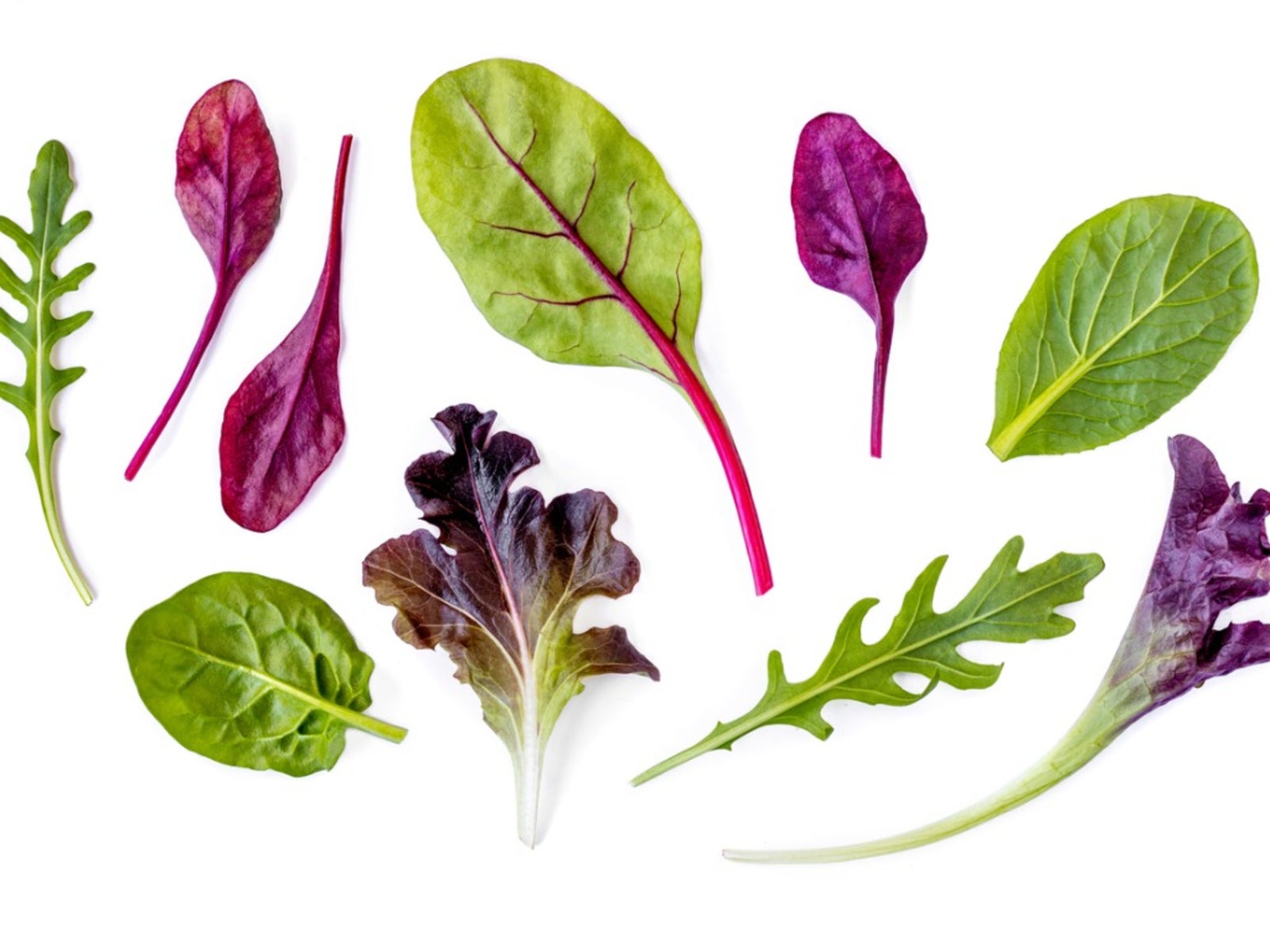 Substitutes For Lettuce – Growing Alternative Salad Greens
Substitutes For Lettuce – Growing Alternative Salad GreensAlternatives to lettuce are generally higher in nutrients and more flavorful. Click here for some ideas on what to use as substitutes for your lettuce.
By Amy Grant
-
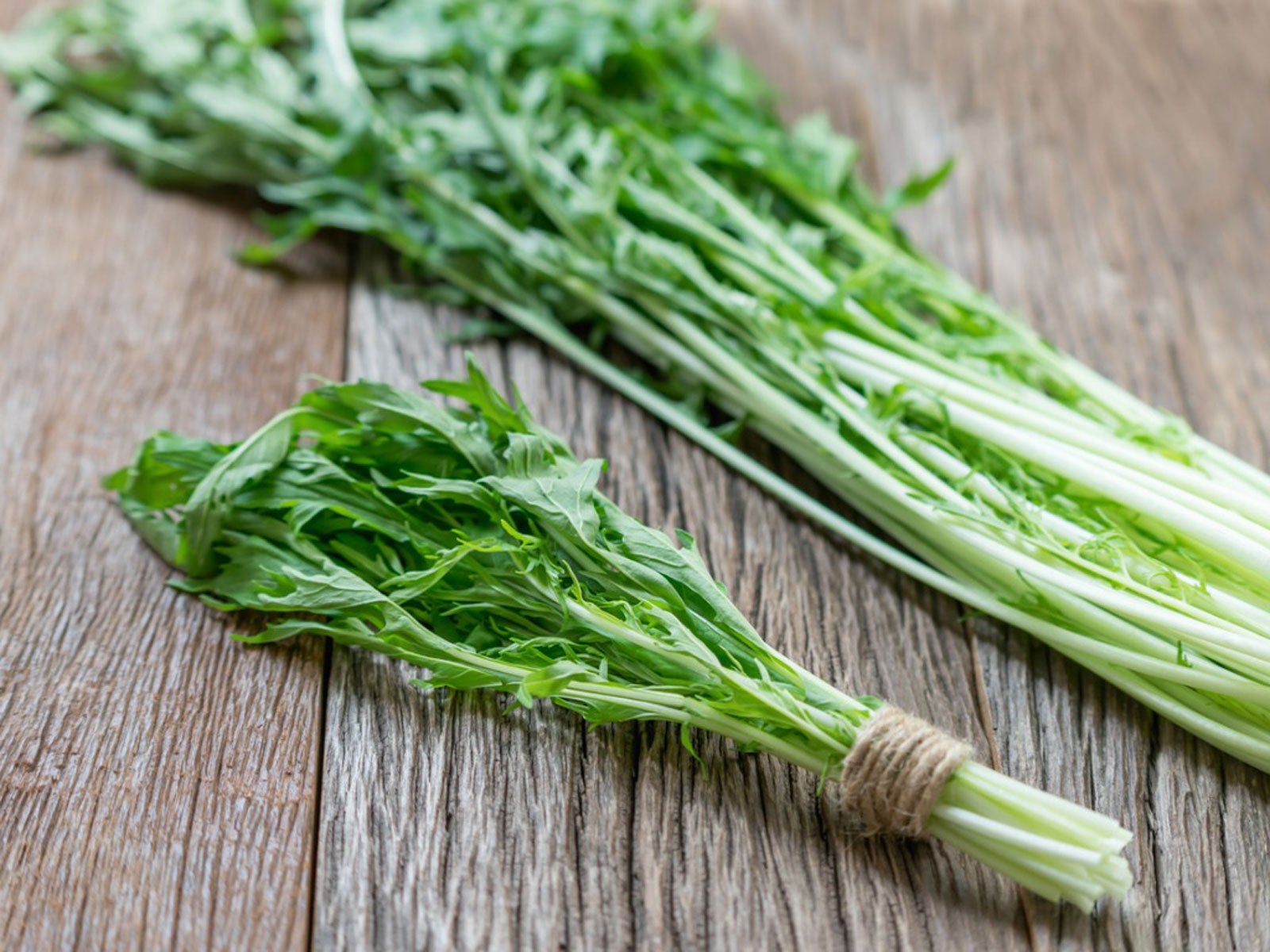 Mibuna Mustard Greens: How To Grow Mibuna Greens
Mibuna Mustard Greens: How To Grow Mibuna GreensMibuna mustard is a highly nutritious Asian green with a mild, mustardy flavor. Wondering how to grow mibuna greens? Click here.
By Mary H. Dyer
-
 How To Harvest Leafy Greens – Picking Leafy Greens In The Garden
How To Harvest Leafy Greens – Picking Leafy Greens In The GardenAll leafy greens are easy to grow, rich in nutrients (although some more than others) and some can be eaten both fresh and cooked. Harvesting leafy greens is a simple matter as well. Click here if you’re interested in learning how and when to harvest garden greens.
By Amy Grant
-
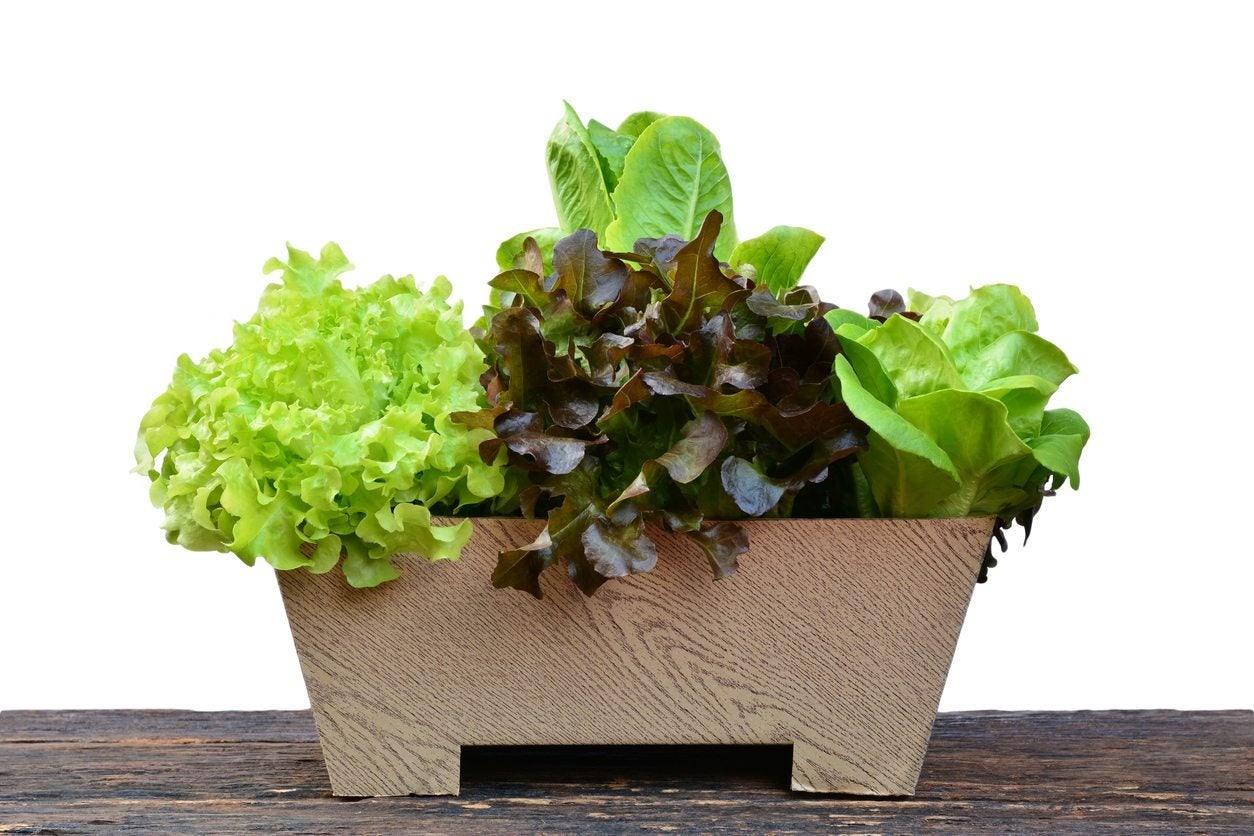 Growing A Salad Bowl Garden: Learn How To Grow Greens In A Pot
Growing A Salad Bowl Garden: Learn How To Grow Greens In A PotGrowing your salad greens in containers! They're less expensive, fresh and at your fingertips. A salad bowl garden is the ultimate luxury for easy gardening and healthy eating.
By Amy Grant
-
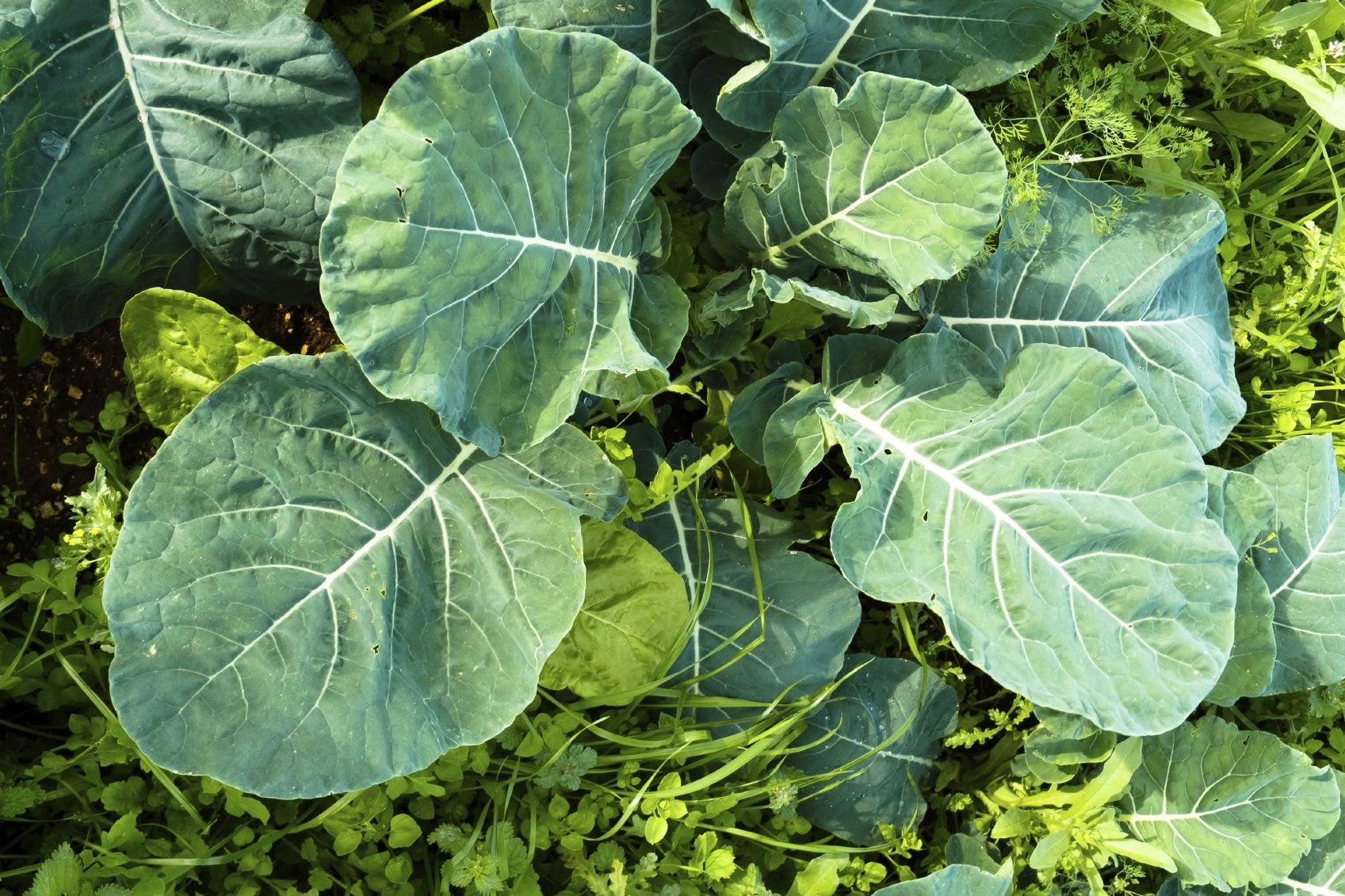 Winter Salad Greens: Tips On Growing Greens In Winter
Winter Salad Greens: Tips On Growing Greens In WinterIf you get cold winters, you're not going to be picking tomatoes in February. You may, however, be picking any leafy greens you like. If you're growing in the winter, salad greens are the way to go. Learn how to grow greens over winter here.
By Liz Baessler
-
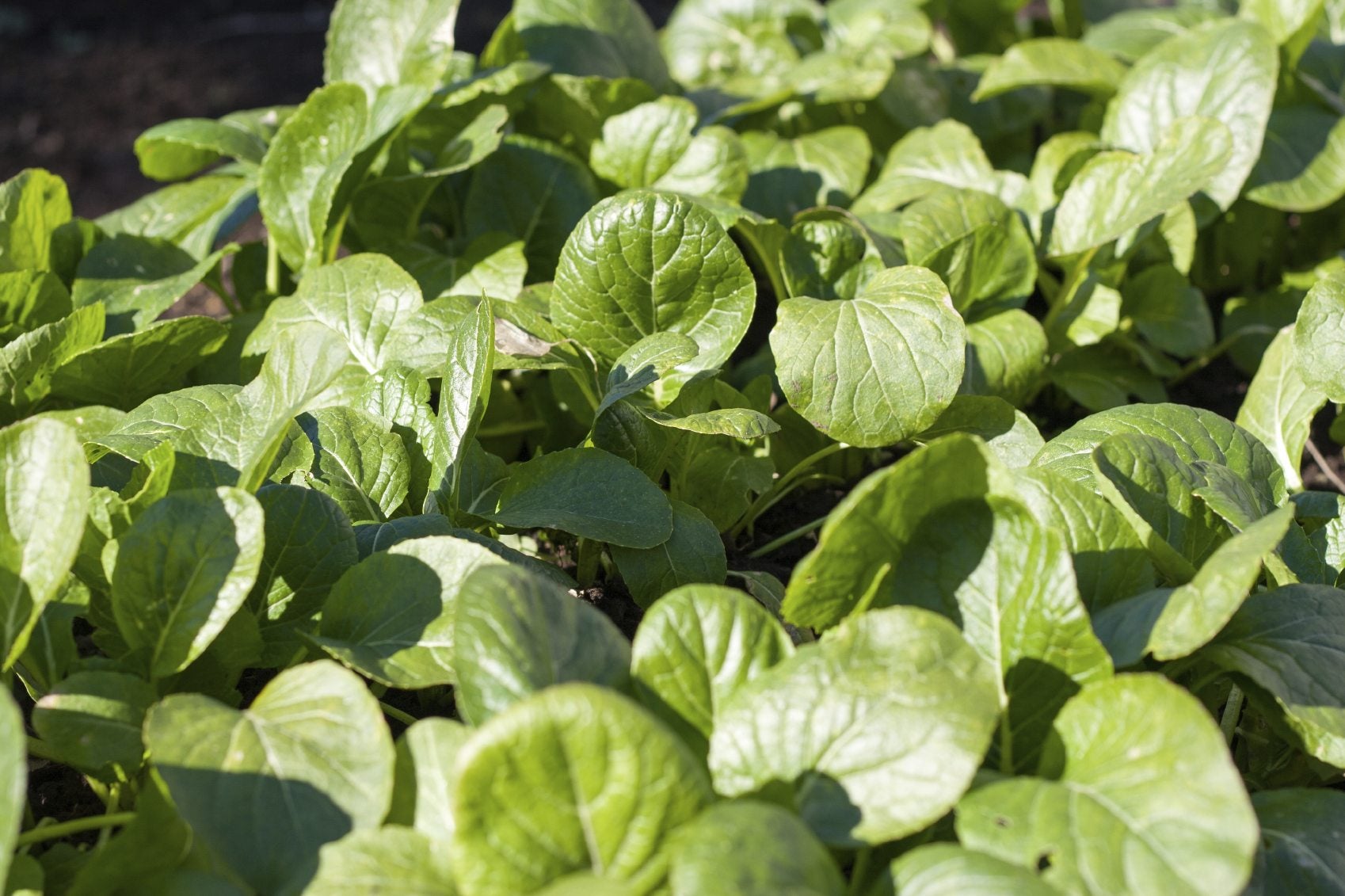 Komatsuna Plant Care: Tips On Growing Komatsuna Greens
Komatsuna Plant Care: Tips On Growing Komatsuna GreensI dare say most of us have never heard of growing komatsuna greens; I hadn't. When I read about them, I began to wonder what does komatsuna taste like and how do you grow it. Read on to discover a wealth of interesting komatsuna facts.
By Amy Grant
-
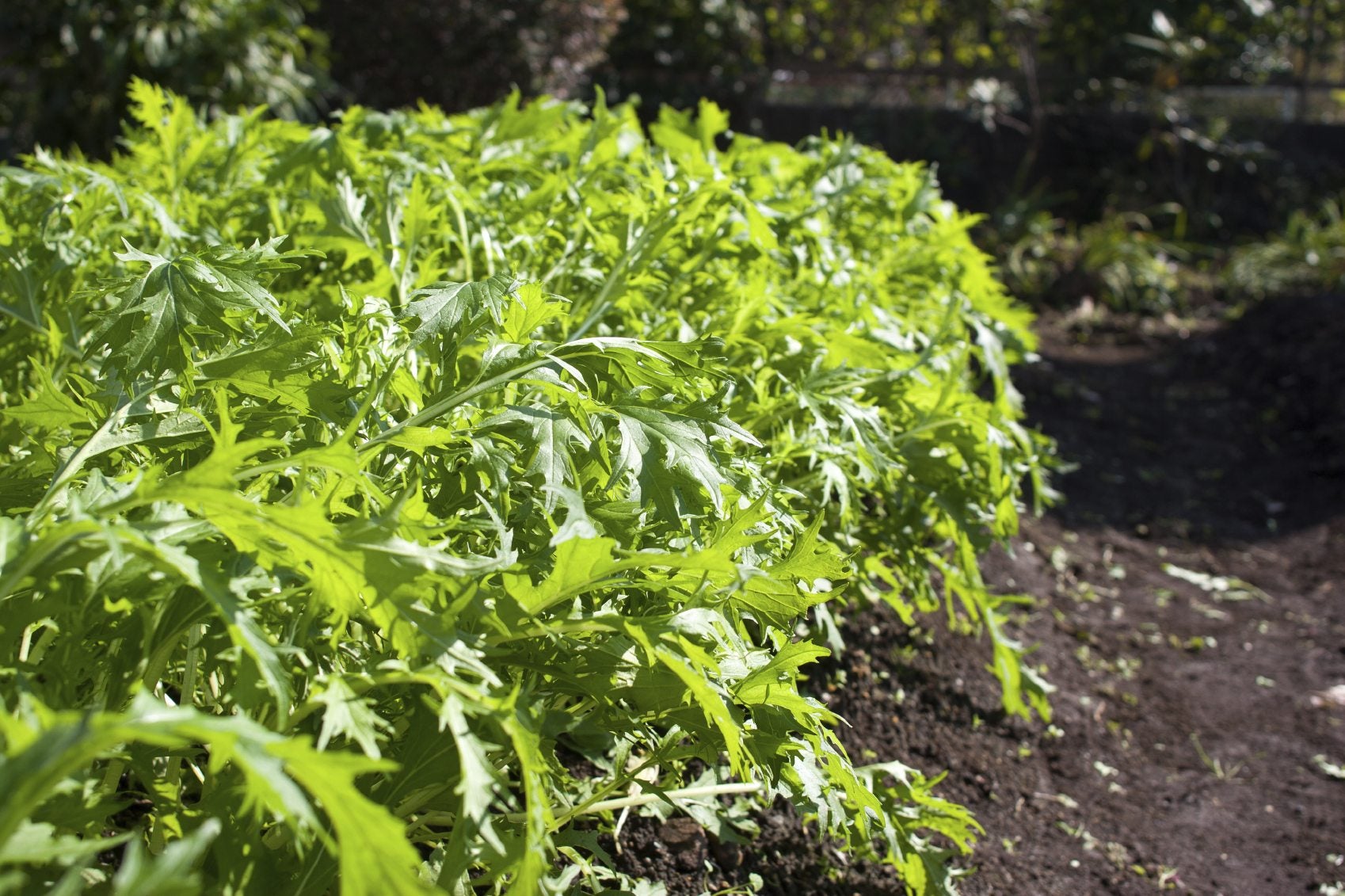 Asian Mizuna Greens: How To Grow Mizuna Greens In The Garden
Asian Mizuna Greens: How To Grow Mizuna Greens In The GardenMizuna greens are a popular leafy vegetable from Asia that is used worldwide. Like many Asian greens, they are related to the more familiar mustard greens. For more information on growing mizuna greens, this article will help.
By Liz Baessler
-
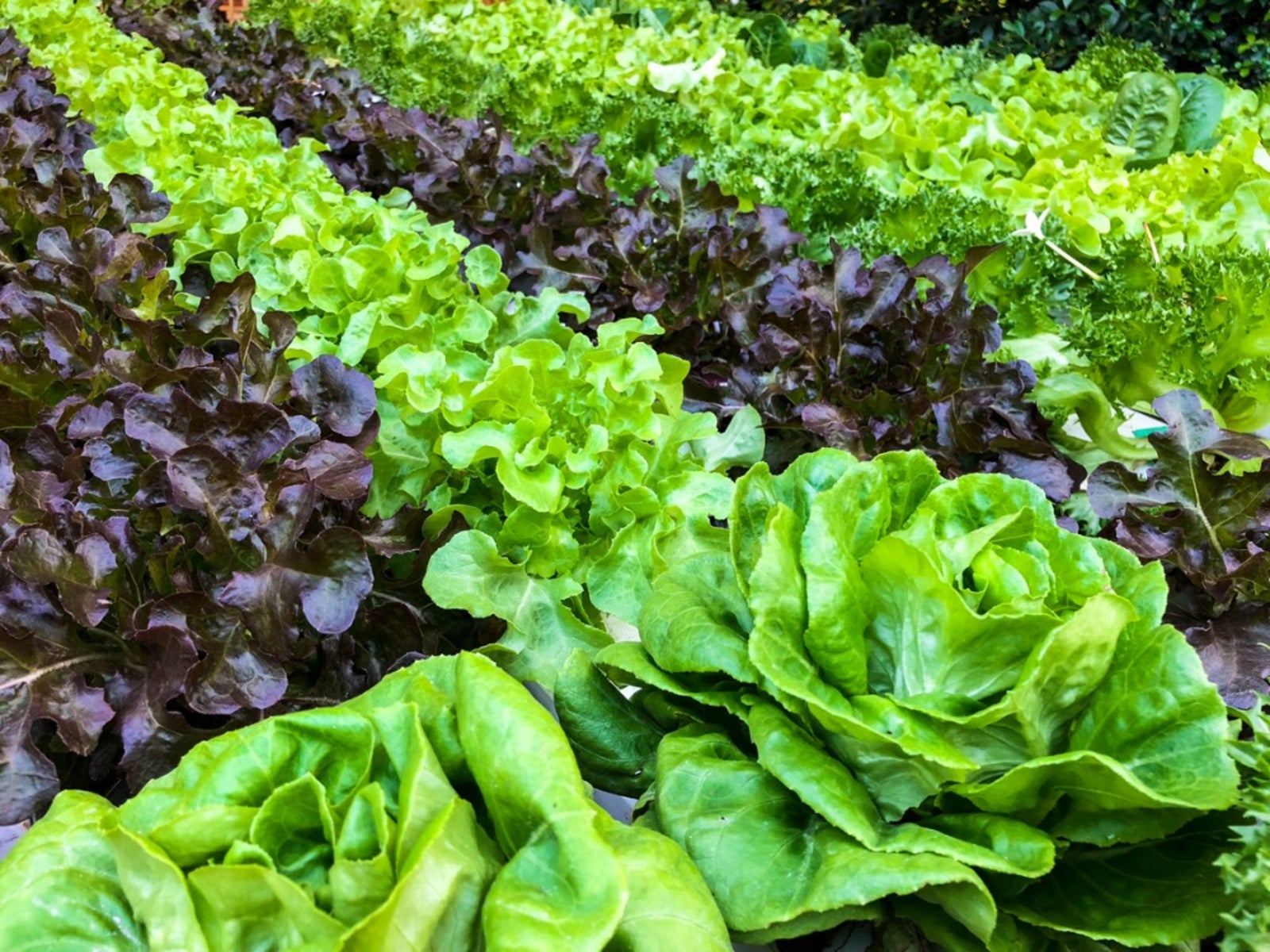 Leafy Garden Greens: Different Types Of Garden Greens
Leafy Garden Greens: Different Types Of Garden GreensWhat are greens? Leafy garden greens are more than lettuce. The types of garden greens range from the tops of edible roots to ornamental plants. Growing greens is easy, and this article will help.
By Bonnie L. Grant